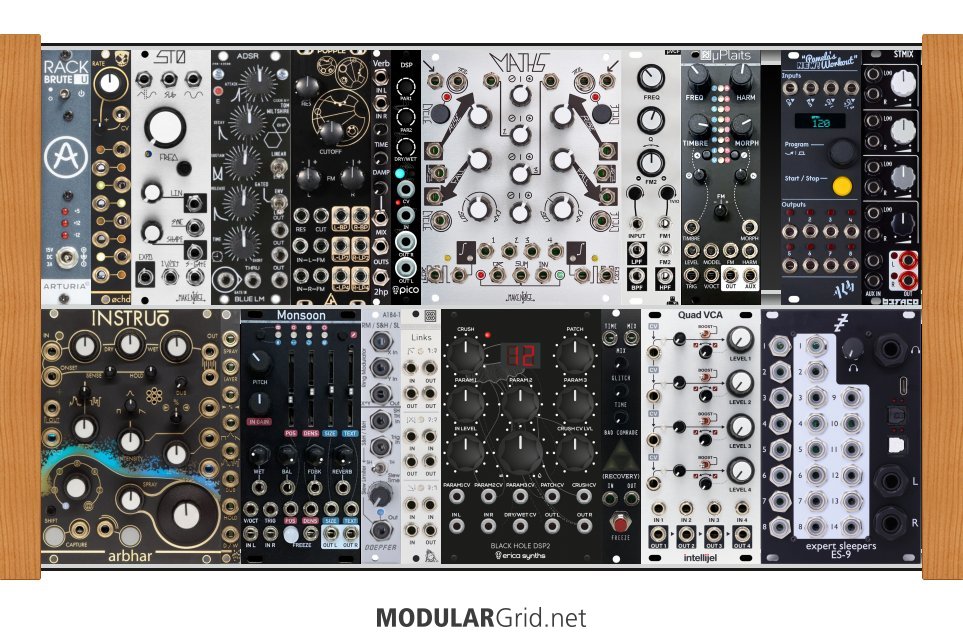It's all about trade-offs. Modules that are one-knob-one-function are much easier to understand in terms of signal flow and learning curve. But they tend to take up more space and are more expensive.
Micro-sized modules (think 2HP) seem to make a lot of sense in being able to pack more functionality into less space. But once you tweak a few 2HP wiggly plastic knobs, you'll just start hating them for anything that requires a bit of fine and careful adjustment. They also tend to be deeper in order to fit into 2HP. A whole bunch of sad comes to town when your brand new module bottoms out in your case and doesn't fit where you want it to or not at all. Also, packing a bunch of 2HP modules together generates a LOT of heat in a small space and you can easily put more modules into a case than your power supply can handle. Over-taxing your power supply can lead to some costly damage.
Modules that are feature packed tend to have a steep learning curve or require A LOT of memorization to be able to use fluidly. Pack a bunch of those into a case and you'll forever be pulling out the instruction manual and reading/rereading things... INSTEAD OF MAKING MUSIC.
Stopping to read a manual is a serious buzz-kill when you've got a hot patch going. Memorizing functionality varies by person. Some are good at it, some are bad. No judgment... but know yourself. I'm bad at it and using modules like those from Mutable Instruments do not work for me. Too many combinations of button presses, LED colors etc. They are fantastic modules. I'm just not good with them.



